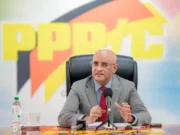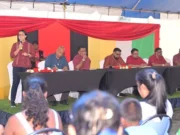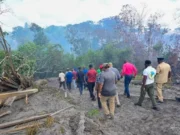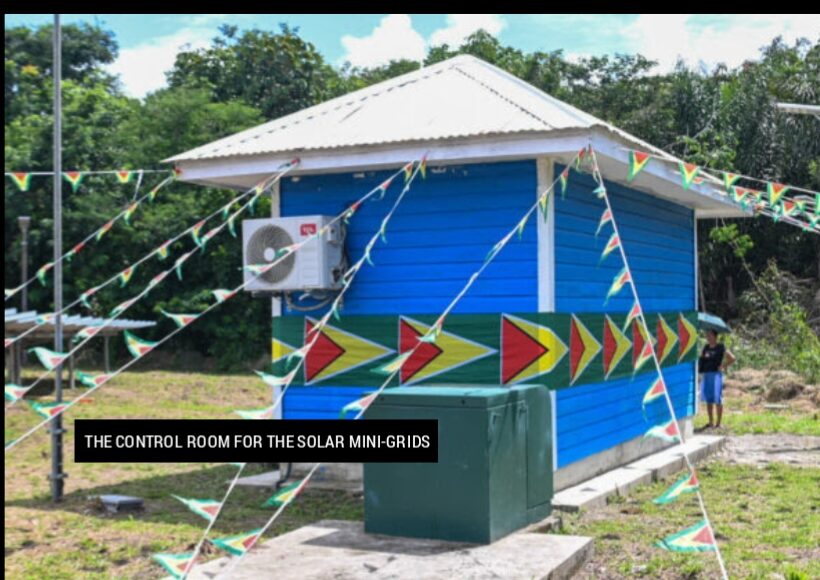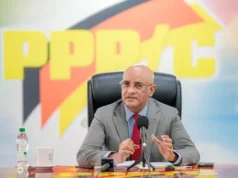Two solar photovoltaic mini-grid systems totaling over $45 million were commissioned in the communities of Sebai and Canal Bank in the Matarkai Sub-district of Region One on Friday last.
The system at Sebai is valued at $26.472 million and consists of 19 kilowatts of solar arrays and 38 kilowatts of battery power. The system is expected to benefit approximately 600 residents.
Additionally, the grid at Canal Bank, costing $19.285 million, comprises of 12 kilowatts of solar arrays, and a battery power of 35 kilowatts. It will drastically improve the lives of the 1200 residents.
During the commissioning ceremony, Prime Minister Brigadier (Ret’d) Mark Phillips noted that the grids will further advance the government’s objective of bridging the energy divide within the remote and hinterland areas, while simultaneously promoting development.
“Today, we are handing over solar systems that are linked directly to renewable energy. Energy is important for development and for the economic growth of Guyana. It is also important for improving the quality of life for all Guyanese,” the prime minister stated.
With the systems connected directly to public buildings such as schools, health centres village offices, and other key facilities, Prime Minister Phillips encouraged the residents to take advantage of the available electrical power.
He noted that it would improve the efficiency of telemedicine within the health centres and aid in the timely submission of assignments for those attending school and undergoing tertiary studies.
“You, the residents now have the solar system in which you will benefit from. So, electricity should no longer be an issue for you. We want you to use it and the internet connectivity as well, to improve your livelihood,” the prime minister urged.
Also present was the Chief Executive Officer (CEO) of the Guyana Energy Agency (GEA), Dr Mahender Sharma who noted that the systems are a derivative of the Low Carbon Development Strategy (LCDS).
According to the CEO, it is crucial to maximise the use of the sun, forest and biodiversity to leverage the services so that they can provide clean and renewable energy for the benefit of all. This, he noted, is exactly what the Low Carbon Development Strategy (LCDS) does.
“So, the Low Carbon Development Strategy provides a framework to decarbonise our energy, to stop using diesel and gasoline, and so on. So, this solar power grid that we are commissioning today uses absolutely no fossil fuel, it uses the energy from the sun,” Dr Sharma explained.
He urged the residents to save energy and take extreme care of the system, and not to connect additional or unnecessary equipment to the grid.
“You need to make sure that you don’t overload it. It is designed for a certain number of buildings, for a certain number of appliances in those buildings, a certain number of lights, fans, and a certain number of generators,” the CEO advised.
To ensure the maintenance of the system, the CEO said that they are in the process of employing a resident in each of the two communities to ensure that the grid is properly secured and functions as it should. These individuals will receive a stipend and will be able to improve their skills by way of training on the job in the weeks and months to come.

